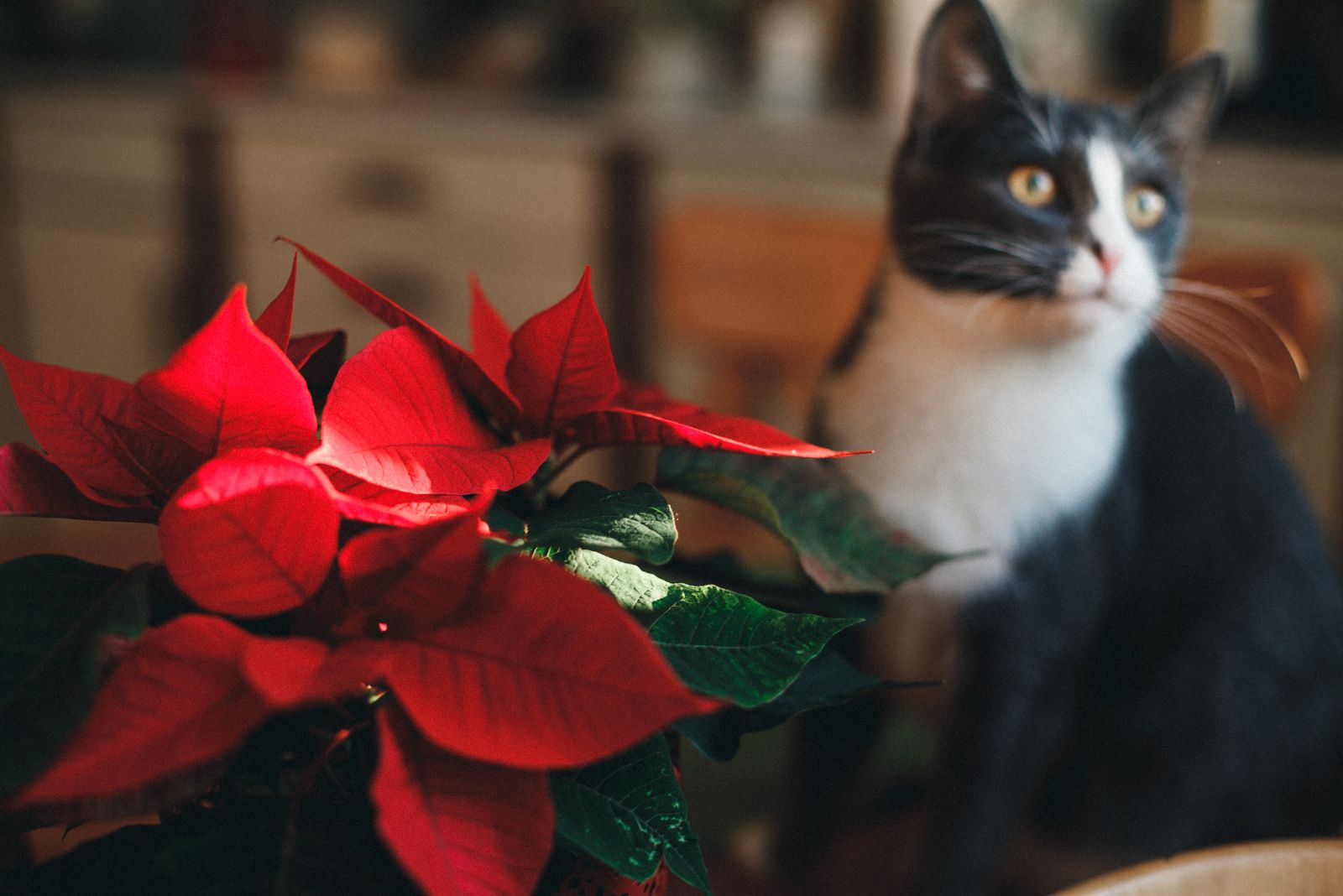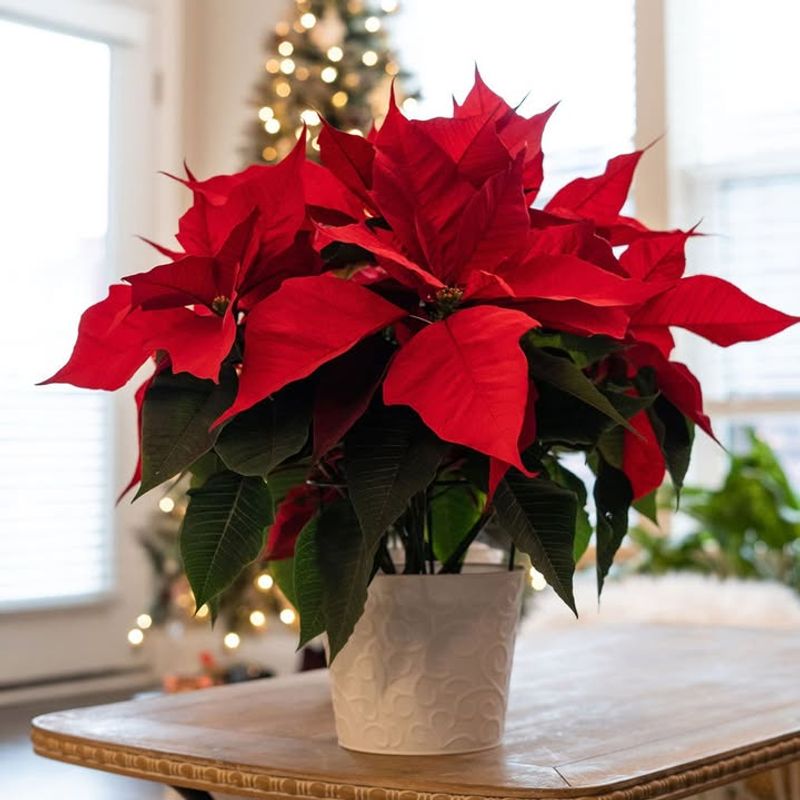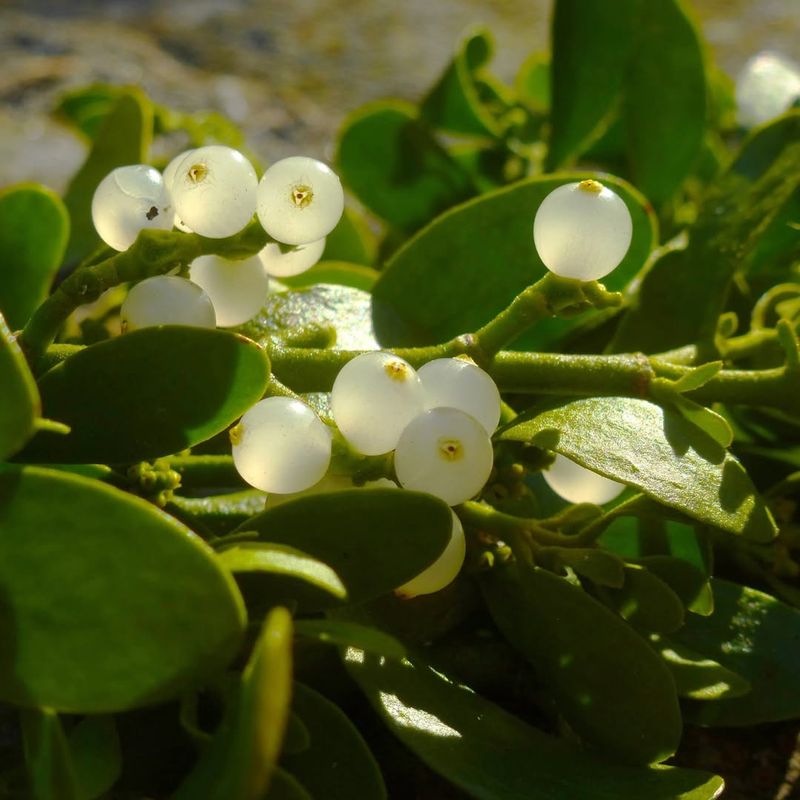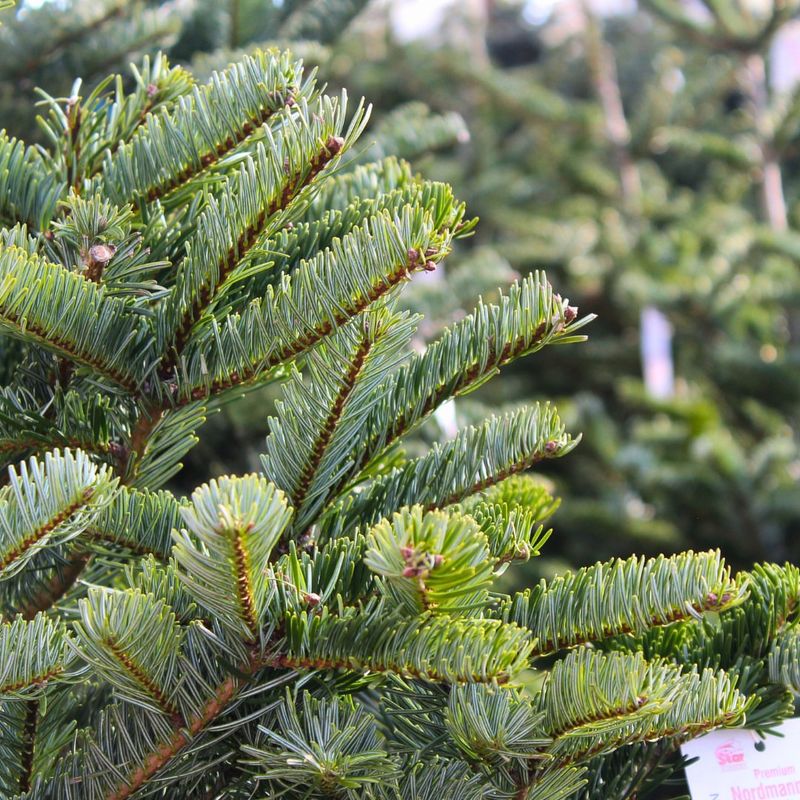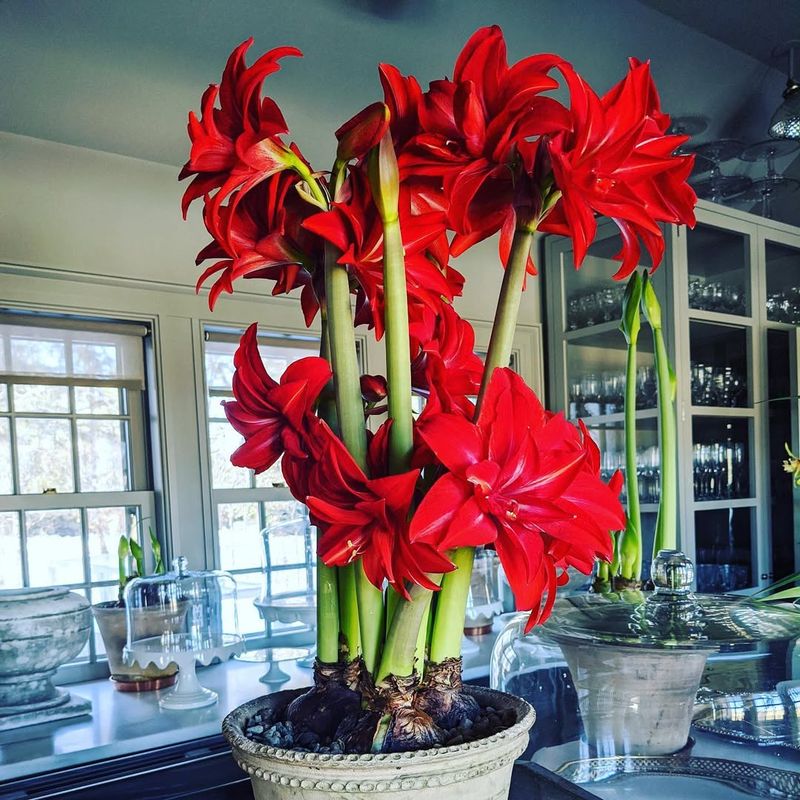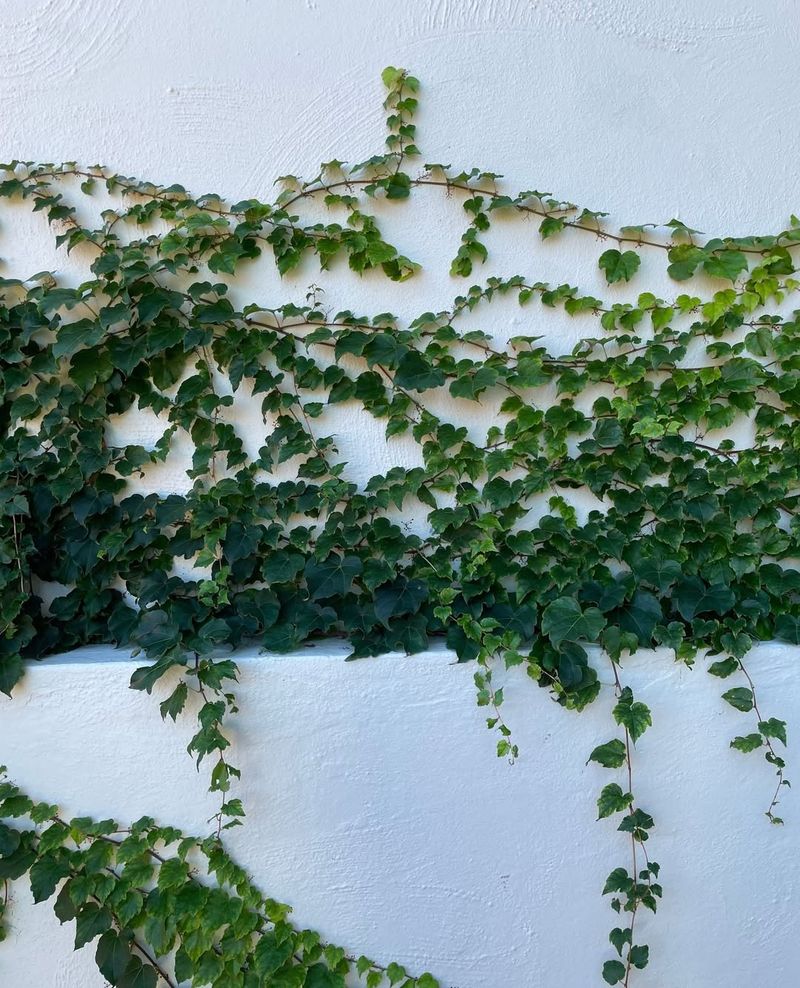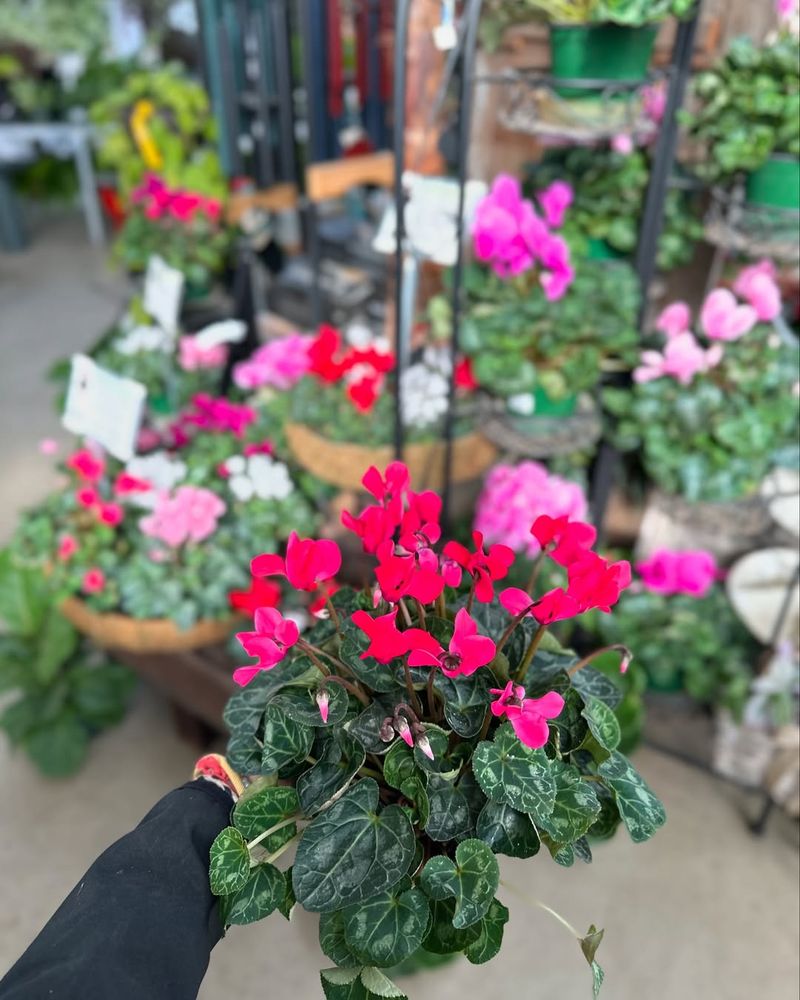I once set a bright holiday arrangement on my coffee table, only to find my cat chewing on the leaves an hour later. The plant looked harmless, but it carried more risk than I realized. Many festive favorites bring cheer to a room, yet some can trouble curious pets who like to nibble or explore.
From colorful blooms to classic greenery, a few plants hide issues behind their pretty looks. Knowing which ones to keep out of reach can help the season stay safe and just as merry for everyone at home.
1. Poinsettias
Everyone seems to have at least one poinsettia around during the holidays. Those bright red leaves look gorgeous on mantels and tables, but they can upset your pet’s stomach pretty quickly.
If your dog or cat takes a bite, they might start drooling, throwing up, or acting uncomfortable. The good news is that poinsettias aren’t as dangerous as people once thought. Keep them on high shelves or in rooms your pets can’t access, and you’ll avoid any messy cleanups or vet visits during your holiday celebrations.
2. Holly
These plants look like tiny ornaments hanging on those spiky green branches. Your pet might think they’re fun to play with or even tasty to munch on, but those berries pack a punch.
Eating holly can lead to vomiting, diarrhea, and serious belly pain that’ll have your furry friend feeling miserable. The prickly leaves can also irritate their mouth and throat. If you love decorating with fresh holly, place it way out of paw’s reach or choose artificial versions instead to keep everyone safe and happy this season.
3. Mistletoe
Mistletoe hanging in doorways creates those sweet holiday moments we all love. But those innocent-looking white berries are actually quite worrisome for pets who might find fallen pieces on the floor.
Nibbling on mistletoe can cause drooling, upset stomach, and in serious cases, heart problems or breathing difficulties. Even small amounts deserve a call to your vet. Hang your mistletoe high enough that no jumping dog or climbing cat can reach it, and sweep up any berries or leaves that drop to keep curious noses safe from harm.
4. Christmas Tree Needles
Your Christmas tree stands there looking majestic, but those fallen needles scattered around the base might tempt playful pets. Pine, fir, and spruce needles aren’t exactly toxic, but they’re sharp and not meant for eating.
Swallowing them can poke sensitive mouths and stomachs, causing pain and digestive issues. The oils in fresh needles might also irritate your pet’s system. Vacuum regularly around your tree, and consider placing a tree skirt or barrier that discourages your pets from getting too close to the base where needles collect most.
5. Amaryllis
Amaryllis flowers tower above other holiday plants with stunning trumpet-shaped blooms that catch everyone’s eye. Unfortunately, every part of this plant can make your pet feel awful if they decide to take a taste.
Symptoms include vomiting, diarrhea, drooling, and belly pain that can last for hours. The bulbs are especially concentrated with toxins, so be extra careful when planting or storing them. Display your amaryllis somewhere pets absolutely cannot reach, like a high shelf or behind a closed door in a guest room during the holiday season.
6. Christmas Cactus
Christmas cactus blooms right on schedule with pretty pink or red flowers that brighten winter days. While not seriously toxic, these plants can still cause tummy upset if your pet decides to chomp on the leaves.
Most pets will experience mild vomiting or diarrhea, nothing life-threatening but definitely unpleasant for everyone involved. The fleshy leaves might look tempting to cats who enjoy chewing on greenery. Hanging your Christmas cactus or placing it on tall plant stands keeps it safely away from curious mouths while still letting you enjoy those cheerful winter blooms throughout the season.
7. Ivy
Throughout the holidays, Ivy adds that elegant trailing touch to wreaths, garlands, and centerpieces. Those lovely cascading vines contain substances that can irritate your pet’s mouth and digestive system pretty quickly.
Pets who munch on ivy might drool excessively, vomit, or develop diarrhea and belly discomfort. Some animals also experience skin irritation just from touching it. Whether you’re using English ivy or other varieties in your decorations, keep them completely out of reach. Consider swapping fresh ivy for silk versions in arrangements placed at pet level around your home for worry-free decorating.
8. Cyclamen
With delicate flowers that look almost too pretty to be dangerous, Cyclamen brings cheerful color to winter windowsills. But the roots and tubers contain compounds that can cause serious problems for pets who dig or chew.
Eating cyclamen can lead to intense vomiting, diarrhea, drooling, and even heart rhythm issues in severe cases. The symptoms can appear quickly and might need immediate vet attention. If you receive cyclamen as a gift or buy one for yourself, place it somewhere completely inaccessible to your pets, or politely pass it along to a pet-free friend who’ll appreciate its beauty safely.
9. Lilies
Lilies show up in holiday bouquets and arrangements, looking elegant and smelling wonderful. For cat owners especially, these flowers are seriously bad news and should never come into your home.
Even tiny amounts of lily pollen or petals can cause severe organ damage in cats, leading to life-threatening situations. Dogs typically experience milder symptoms but can still get quite sick. If someone brings you lilies as a gift, thank them kindly but keep the flowers outside or give them away immediately. Your cat’s safety is worth more than any beautiful bloom this Christmas season.

